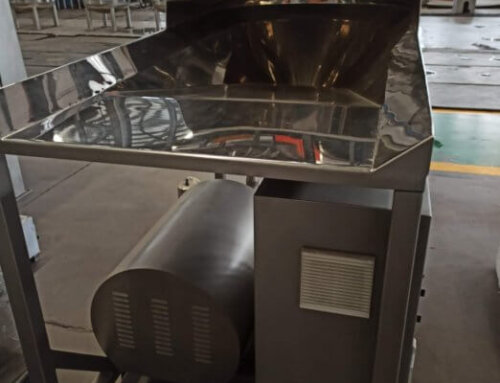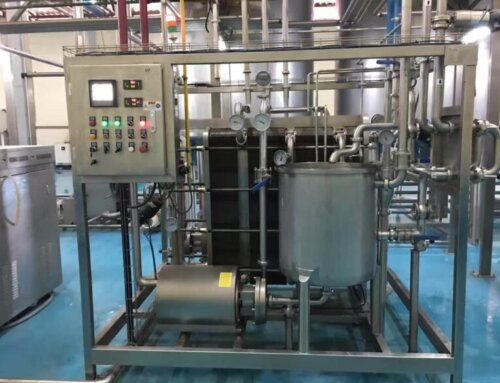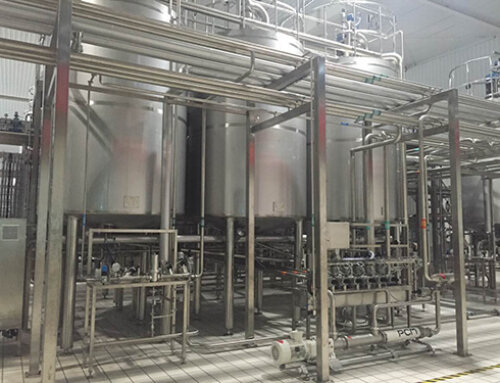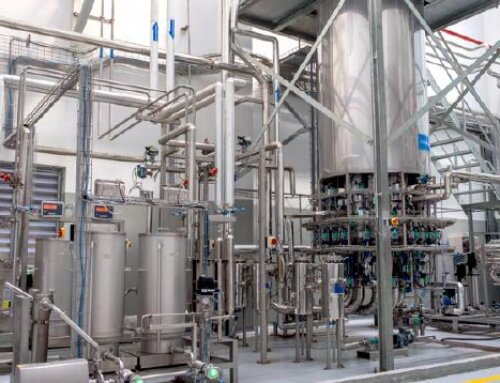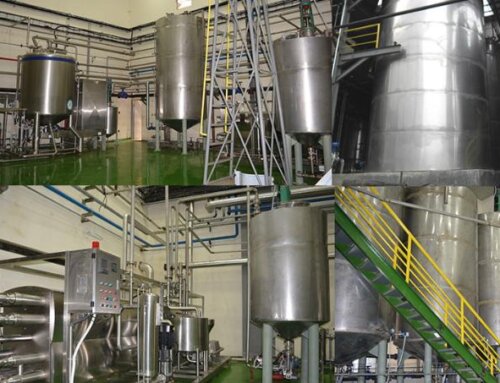Passion Fruit Juice Processing Plant Description
- Passion fruit is native to Brazil, Argentina, Chile and other South American countries, and is currently cultivated in Southeast Asia, South Asia, Africa, and North America. Passion fruit peel makes up 36%-53% of the whole fruit, seeds account for 8%-15% of the whole fruit, and pulp accounts for 40%-50%.
- The purple passion fruit is usually consumed fresh, the yellow passion fruits are usually proceeded into juice, puree, jam, yogurt, wine or vinegar.
- Passion fruit juice has good color, fragrance and taste. It contains 17 kinds of amino acids and vitamins necessary for the human body, as well as rich bioactive components, which can effectively resist oxidation, suppress cough, enhance immunity and lower blood sugar.
- Because of its intense flavor and high acidity, passion fruit juice is often proceeded into concentrate and is often diluted, sweetened, or blended with other fruit juice. The passion fruit pulp is also used as flavorings for yogurt, drinks, fruit cocktails, chocolate fillings, ice cream or cake toppings.
- Passion fruit juice is preserved by freezing or thermal processing. Single-strength frozen juice( 12 Brix) or concentrated frozen juice(50 Brix) will be stored at -18℃ after the juice is extracted and filtered by a separator. Pasteurized juice need be pasteurized/sterilized and filled into containers before storing in a normal temperature environment.
- The passion fruit juice processing plant includes passion fruit washing and sorting machine, passion fruit peeling and pulp extracting machine, passion fruit pulp refiner/finisher, passion fruit juice enzyme treatment, juice separating machine, evaporating machine, pasteurizing machine and filling machine.
- In small-scale passion fruit juice processing lines, the passion fruit can be sliced or halved, then scooped out the pulp manually, then a double stage pulping machine will be used to separate the pulp and seeds. And then the pulp will be blended with other ingredients to make the drinkable juice.
- The passion fruit juice can be filled into bag in drums/bag in box containers, tin cans, bottles, pouches and other containers. The capacity for processing fresh passion fruits is from 1 ton per hour to 30 tons per hour.

Passion Fruit Juice Processing Technological Flowchart
Fresh passion fruits are fed into the washing machine and sorting machine to get the premium fruits, then the fruits will be lifted to roller juice extractors to halve the fruits and separate the fruit pulp from fruit peel. After that, the pulp will be pumped into the refiner/finisher to separate the seeds and fibers in the pulp, then we will get the passion fruit juice. To enhance the juice yield rate, the enzyme tanks can be added in the process, then one separator will be used to separate the pulp in the juice. After that, the juice can be evaporated and pasteurized then filled into big bag containers, or the juice can be mixed with other fruit juice, after homogenized, sterilized and filled into consumable containers for direct drinking.

Key Machine Introduction For Passion Fruit Juice Processing Plant
Passion fruit washing and sorting machine
Passion fruit washing is done to remove the solid particles adhered to the fruit peel and to minimize the microorganism. The water used usually has 5-20ppm of free chlorine.
Sorting is done manually as the fruits are transported through a conveyor, is aimed at eliminating fruits with problems of microbial contamination and other defects due to insect attacks, diseases, mechanical damage that can jeopardize the quality of the finished products.


Passion fruit half cutting and pulp extracting machine
Cutting is a critical operation in the processing of passion fruit juice. We have designed one machine that integrates the passion fruit cutting in half, peeling and pulp extracting in one body. The whole passion fruit is fed into the roller half extractors, then discharged with passion fruit pulp.
In some countries, the pulp extraction can also be done manually, the operator uses a knife cut the passion fruit and dig out the fruit pulp.


Passion fruit pulp refiner
The passion fruit refiner is mainly used for removing the coarse fibers and passion fruit seed in passion fruit pulp. The passion fruit pulp will be pumped into refiner, under the rotation of the drive shaft of the refiner, the blade of the drive shaft further crushes and refines the pulp, and separates the fruit seeds through a stainless steel sieve screen.

Passion fruit juice enzymatic hydrolysis and separating machine
By adding modified amylase into the enzyme tanks, it can decompose the starch in passion fruit juice and increase the juice yield rate. After the enzymatic hydrolysis process, the passion fruit juice will send to the centrifuge separator to separate the solids and residual pulp in the juice to get the pure juice.

Passion fruit juice degasser, homogenizer and sterilizer/pasteurizer
Deaeration removes air dissolved in the product to control oxidative degradations that can bring about alterations in the color, aroma, and flavor of the final products.
Homogenization is to further break the suspended particles contained in the juice, and evenly disperse them in the juice, to keep the juice evenly turbid and delicate in taste, and the homogenization pressure is 25-30Mpa.
The heat treatment is the most delicate step in the processing of passion fruit juice, given the extreme sensitivity of the volatile compounds to heating and the ease with which the starch suffers gelatinization, the heating condition should be carefully chosen. It is generally carried out the temperature ≥85℃. Different temperature and time combinations are used according to the equipment used and the quality of the passion fruit juice. In hot filling passion fruit juice, the heat treatment can be done at 90-95℃for 45S by plate pasteurizer, and aseptic filling process, the sterilizing temperature will be 110-115℃ for 30-45S by tubular sterilizer.

